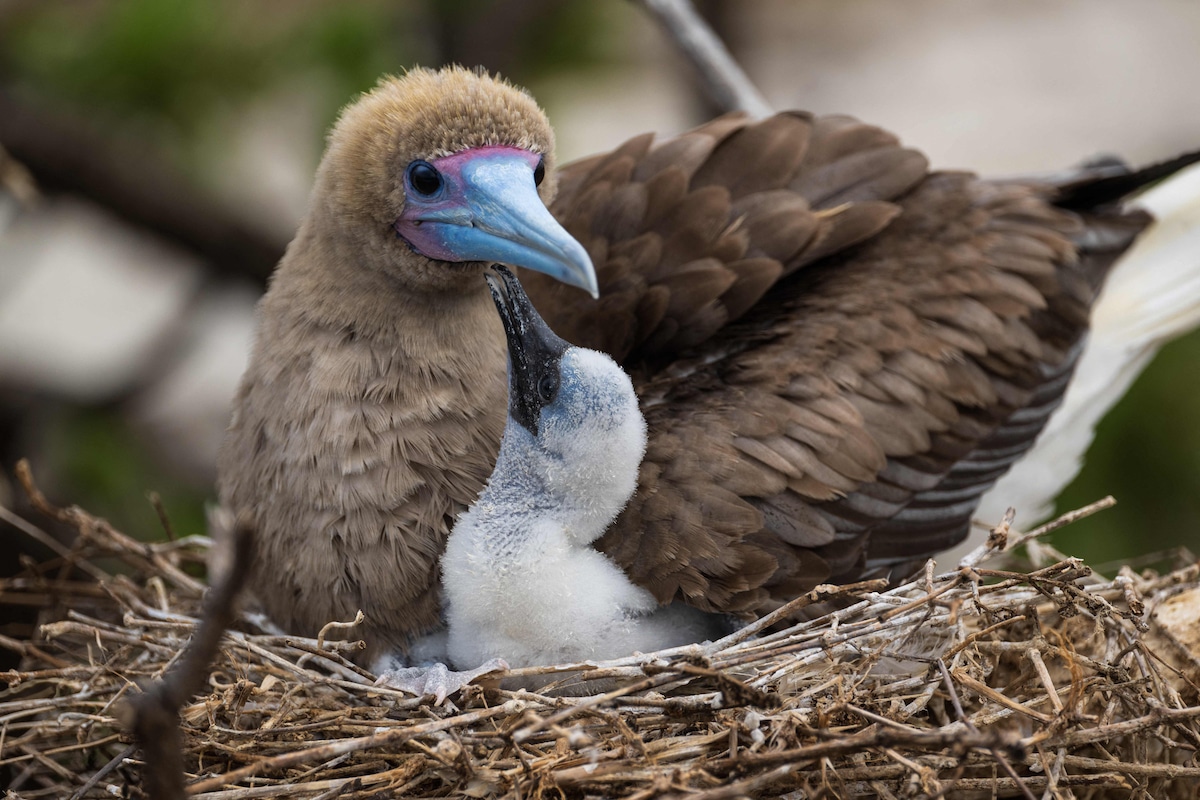Antarctic Seabirds Fail to Breed Amid Extreme Weather Events Linked to Climate Change

 Why you can trust us
Why you can trust us
Founded in 2005 as an Ohio-based environmental newspaper, EcoWatch is a digital platform dedicated to publishing quality, science-based content on environmental issues, causes, and solutions.
Typically, the start of each new year aligns with peak breeding times for Antarctic seabirds, like the south polar skua, Antarctic petrel and snow petrel. Around this time, the birds will select sites and start building their nests and laying eggs. But a new study during the time period from December 2021 through January 2022 found a steep decline in these seabirds’ nests, revealing that entire populations of Antarctic seabirds laid few, if any, eggs.
The researchers noted that there was unusually high snowfall from climate change-induced snowstorms during the time period, making it difficult for the birds to breed.
“We know that in a seabird colony, when there’s a storm, you will lose some chicks and eggs, and breeding success will be lower,” said Sebastien Descamps, first author of the study and researcher at the Norwegian Polar Institute, as reported by ScienceDaily. “But here we’re talking about tens if not hundreds of thousands of birds, and none of them reproduced throughout these storms. Having zero breeding success is really unexpected.”
The study, published in the journal Current Biology, shared that zero skua nests were found on Svarthamaren, an important region for breeding and raising young for not only the south polar skua but also for petrels. Here, the researchers also found just three Antarctic petrel nests active in January.
By comparison, the study noted that 20,000 to 200,000 Antarctic petrel nests were found active on Svarthamaren from 1985 to 2020, while 38 to 68 polar skua nests were active from 2011 to 2020.
In nearby Jutulsessen, another popular spot for petrels, no active Antarctic petrel nests were found in January 2022, despite the colony having 41,000 breeding pairs in the 1989/1990 breeding season and 57,000 breeding pairs as recently as 2017/2018. Again, the researchers found zero active skua nests at Jutulsessen, despite finding more than 10 such nests active here in 2016 and in 2018.
“It wasn’t only a single isolated colony that was impacted by this extreme weather. We’re talking about colonies spread over hundreds of kilometers,” Descamps explained. “So these stormy conditions impacted a really large part of land, meaning that the breeding success of a large part of the Antarctic petrel population was impacted.”
The Antarctic seabirds in the study lay their eggs on bare ground, but heavy snowfall makes this behavior impossible. Not only that, but with stronger snowstorms, the seabirds need to spend more energy to keep warm rather than breeding and raising young. The study further explained that Antarctic petrel eggs and chicks, prey of breeding south polar skuas, had decreased, possibly contributing to the complete lack of active skua nests.
“Antarctic weather conditions are changing, with mean wind speeds increasing and extreme wind events becoming more frequent. IPCC model predictions also indicate that temperature will likely increase throughout Antarctica, leading to increased snowfall, most of which occurs during episodic storms,” the study concluded. “Considering the adverse impact that snowstorms have on Antarctic seabird reproduction, these predictions are worrying. Several important Antarctic seabird populations are already declining, and the intensification of storm activity could lead to their extirpation.”
Subscribe to get exclusive updates in our daily newsletter!
By signing up, you agree to the Terms of Use and Privacy Policy & to receive electronic communications from EcoWatch Media Group, which may include marketing promotions, advertisements and sponsored content.

 233k
233k  41k
41k  Subscribe
Subscribe 




